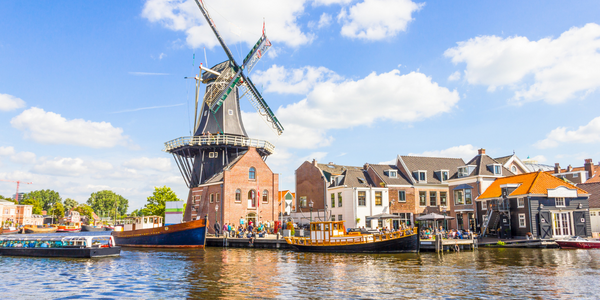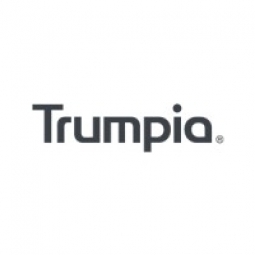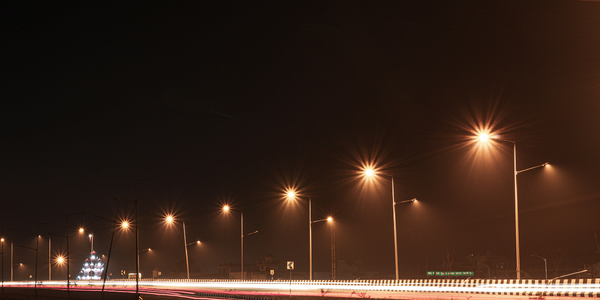公司规模
SME
地区
- America
国家
- United States
产品
- Trumpia’s SMS text solution
技术栈
- SMS text solution
实施规模
- Enterprise-wide Deployment
影响指标
- Customer Satisfaction
- Brand Awareness
技术
- 应用基础设施与中间件 - API 集成与管理
适用行业
- 医疗保健和医院
- 城市与自治市
适用功能
- 人力资源
用例
- 公共预警与应急响应
- 公共交通管理
服务
- 系统集成
关于客户
青少年项目是一个以志愿者为中心的组织,致力于为离开寄养系统的青少年提供完整家庭的所有资源和支持。青少年项目致力于为成功过渡到成年提供最大的机会。美国有 25,000 名青少年在 18 岁时突然离开寄养系统,无家可归。由于他们的年龄和精神状态,这些孩子缺乏从这场悲剧中恢复过来所需的知识。作为无父母孩子的父母,青少年项目在法律不足的地方采取行动 - 为无家可归的孩子提供生活的机会。
挑战
青少年项目旨在找到一种方法,让无家可归和处于危险中的青少年能够获得重要服务。经过一番研究,他们意识到,即使无家可归,大多数青少年都有手机。竞争分析进一步显示,虽然有一些针对无家可归青少年的短信服务,但没有一种能够在全国范围内满足他们的需求。
解决方案
青少年计划创建了一种复杂的编程算法,可以自动识别全美无家可归和受虐待青少年的庇护所、寄养家庭和服务。青少年计划需要一种方法让全国各地的青少年访问这些数据,因此将 Trumpia 的短信解决方案集成到其平台中。该解决方案现在将无家可归的青少年与全美 17,000 个庇护所联系起来。现在,当青少年将关键字 SHELTER 及其邮政编码发送到青少年计划的 Trumpia 短代码 99000 时,他们会立即收到 30 英里范围内当地庇护所的地址。如果青少年处于虐待环境中或正在与毒品问题作斗争,他们还可以向 99000 发送短信 SOBER 或 ABUSED。
运营影响
数量效益

Case Study missing?
Start adding your own!
Register with your work email and create a new case study profile for your business.
相关案例.

Case Study
Turning A Stadium Into A Smart Building
Honeywell created what it called the “intelligent system” for the National Stadium in Beijing, China, turning the venue for the opening and closing events at the 2008 Summer Olympics into a “smart building.” Designed by highly controversial artist Ai Weiwei, the “Bird’s Nest” remains one of the most impressive feats of stadium architecture in the world. The 250,000 square meter structure housed more than 100,000 athletes and spectators at a time. To accommodate such capacity, China turned to Honeywell’s EBI Integrated Building Management System to create an integrated “intelligent system” for improved building security, safety and energy efficiency.
.png)
Case Study
Smart Street Light Network (Copenhagen)
Key stakeholders are taking a comprehensive approach to rethinking smart city innovation. City leaders have collaborated through partnerships involving government, research institutions and solution providers. The Copenhagen Solutions Lab is one of the leading organizations at the forefront of this movement. By bringing together manufacturers with municipal buyers, the Copenhagen Solutions Lab has catalyzed the development and deployment of next-generation smart city innovations. Copenhagen is leveraging this unique approach to accelerate the implementation of smart city solutions. One of the primary focus areas is LED street lighting.

Case Study
Hospital Inventory Management
The hospital supply chain team is responsible for ensuring that the right medical supplies are readily available to clinicians when and where needed, and to do so in the most efficient manner possible. However, many of the systems and processes in use at the cancer center for supply chain management were not best suited to support these goals. Barcoding technology, a commonly used method for inventory management of medical supplies, is labor intensive, time consuming, does not provide real-time visibility into inventory levels and can be prone to error. Consequently, the lack of accurate and real-time visibility into inventory levels across multiple supply rooms in multiple hospital facilities creates additional inefficiency in the system causing over-ordering, hoarding, and wasted supplies. Other sources of waste and cost were also identified as candidates for improvement. Existing systems and processes did not provide adequate security for high-cost inventory within the hospital, which was another driver of cost. A lack of visibility into expiration dates for supplies resulted in supplies being wasted due to past expiry dates. Storage of supplies was also a key consideration given the location of the cancer center’s facilities in a dense urban setting, where space is always at a premium. In order to address the challenges outlined above, the hospital sought a solution that would provide real-time inventory information with high levels of accuracy, reduce the level of manual effort required and enable data driven decision making to ensure that the right supplies were readily available to clinicians in the right location at the right time.

Case Study
Buoy Status Monitoring with LoRa
The Netherlands are well-known for their inland waterways, canals, sluices and of course port activities. The Dutch Ministry of Infrastructure indicates that there are thousands of buoys and fixed items in and near water environments that would profit from IoT monitoring. One of the problems with buoys for example, is that they get hit by ships and the anchor cable breaks. Without connectivity, it takes quite some time to find out that something has happened with that buoy. Not to mention the costs of renting a boat to go to the buoy to fix it. Another important issue, is that there is no real-time monitoring of the buoys at this moment. Only by physically visiting the object on the water, one gains insight in its status.

Case Study
Barcelona Case Study
Barcelona’s heavy traffic and its associated high levels of pollution were the primary factors that motivated some companies and universities to work on strategies for improving traffic in the city centre. Bitcarrier is one of the technologies involved in the In4Mo Project, whose main objective is to develop the applications that form the core of smart mobility, one of the fundamental pillars of the smart city concept.








